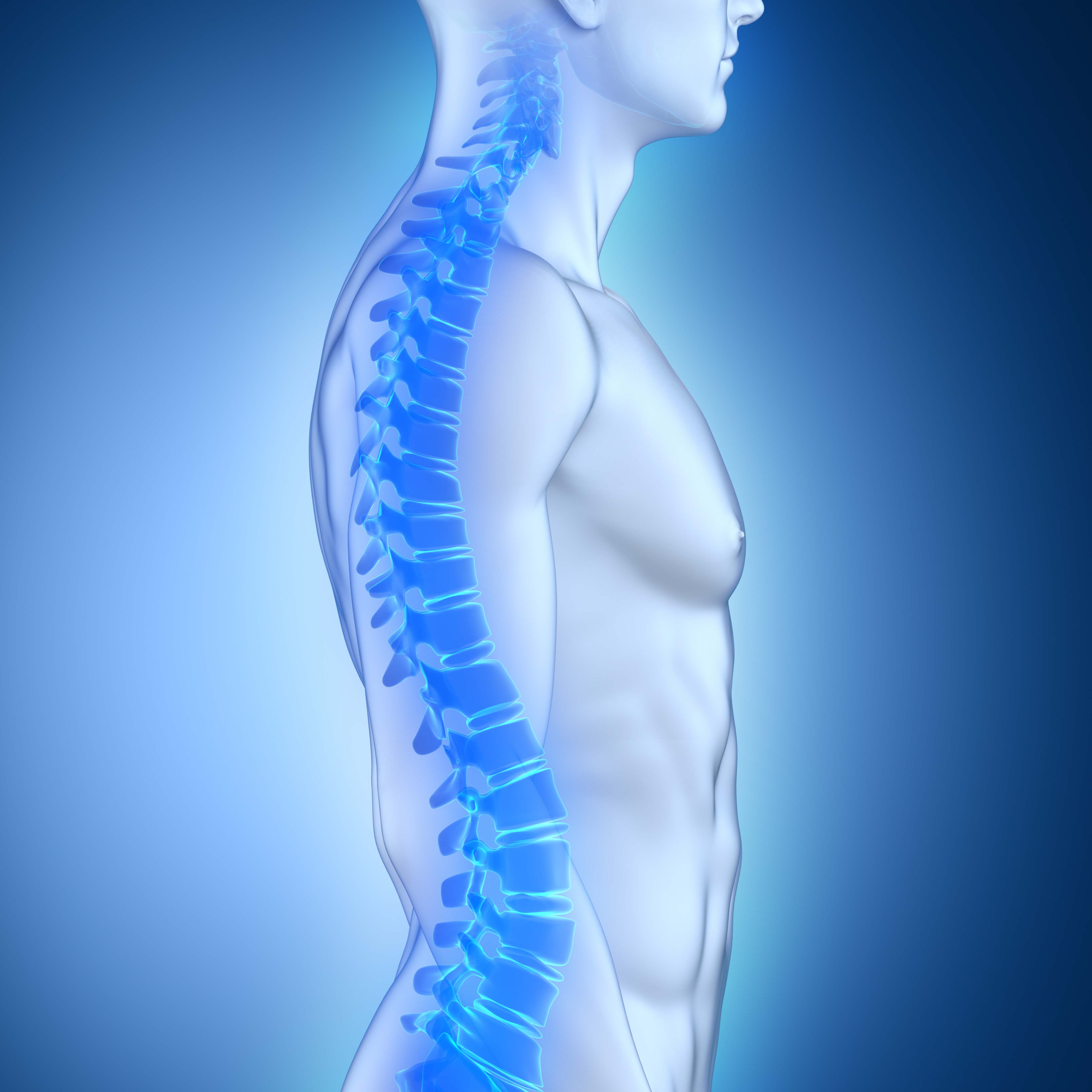Long-term Effects of Spinal Cord Injuries
 The spinal cord, along with the brain, makes up the body’s central nervous system. The spinal cord acts as a pathway to deliver signals that allow for a wide range of motor functions and movements. If the spinal cord becomes injured, the effects can be devastating.
The spinal cord, along with the brain, makes up the body’s central nervous system. The spinal cord acts as a pathway to deliver signals that allow for a wide range of motor functions and movements. If the spinal cord becomes injured, the effects can be devastating.
Many of the effects of a spinal cord injury are long-lasting or lifelong. Long-term effects of spinal cord injuries can result in costly financial losses and a diminished quality of life. When representing spinal cord injury victims in the Irvine, CA, area, personal injury attorneys Sean M. Burke and Jason Argos make sure that all the long-term effects of spinal cord injury are accounted for, so that their clients get the full financial compensation they are due.
Chronic Back Pain
Spinal cord injuries can be very painful. With treatment, some injuries heal within weeks or months. However, many spinal cord injuries result in long-lasting side effects, which often includes chronic back pain. Back pain is classified as chronic if it lasts for three months or more. Chronic back pain can often be managed, but not treated. Management techniques may include ongoing physical therapy, chiropractic care, injection treatments, or more.
Full or Partial Paralysis
Not all spinal cord injuries result in paralysis. However, depending on the extent of the injury and the location of the injury, our Irvine clients may lose sensation and movement from the point of their injury down. Paraplegia (paralysis of the lower extremities) and quadriplegia (total body paralysis) can leave injury victims needing care and assistance to perform the most basic functions, in some cases, even breathing.
Osteoporosis
Osteoporosis is a weakening of the bones that makes someone more prone to fractures. Osteoporosis is most common among the elderly. However, a spinal cord injury can also lead to osteoporosis. Following a spinal cord injury, injury victims start to lose bone density. It is estimated that injury victims lose bone density at a rate of one percent per week. Bone density loss can continue for many years, but the most damaging effects often develop within the first year or two following the spinal cord injury.
Spasticity
Spinal cord injuries disrupt the normal flow of signals between the nerves and the brain. When these signals are disrupted, signals get sent back to the motor cells in the spinal cord. This can cause muscle spasms, a condition known as spasticity. Spinal cord injury victims who suffer from spasticity may experience muscle tightness, involuntary jerking, or hyperactive reflexes.
Syringomyelia
Syringomyelia is a spinal cord injury side effect that may develop months, or even years, after the injury occurs. Syringomyelia is caused by a fluid-filled cyst that develops on the spinal cord. Syringomyelia causes gradual weakness or numbness in the extremities. Over time, the effects of syringomyelia may worsen to the point that surgical treatment is needed.
Bladder or Bowel Dysfunction
Since spinal cord injury victims can lose control and sensation below their point of injury, many deal with long-term bladder or bowel dysfunction. Bladder and bowel dysfunction may cause injury victims to rely on devices such as a catheter. Dysfunction also increases the risk of further complications, such as kidney stones and bladder infections.
Take Legal Action
If you or a loved one is suffering the long-term effects of a spinal cord injury that was caused by another’s reckless or negligent actions, it is time to consider legal action. Personal injury attorneys Sean M. Burke and Jason Argos assist their Irvine clients in holding liable parties accountable so that they receive financial compensation for the full extent of injury damages. To learn more, send us a message online or call (949) 644-3434 at your earliest convenience.
